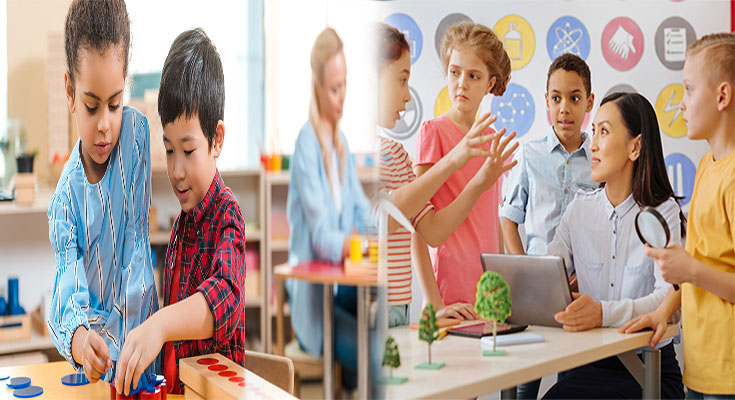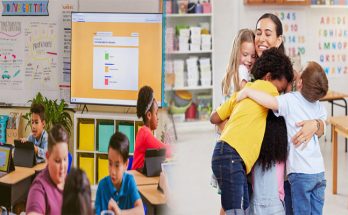If you’ve ever been to a high school history class, or even just watched one on TV, then you’re probably familiar with the traditional classroom. Although it’s still used in many schools and colleges today, it’s not always the most effective way for students to learn. In fact, there are four different types of learning environments that might be better suited for your needs: traditional classrooms, virtual classrooms, peer-to-peer learning environments and self-paced online courses.
The Traditional Classroom
The traditional classroom is the most common place to learn, and it’s easy to see why: In this setting, students are grouped by age or grade level and expected to be on task for a set period of time. The teacher is the expert who provides instruction and answers questions; students are passive learners who are expected to listen attentively in order to absorb information from their instructor.
The traditional classroom model may seem outdated because it places so much emphasis on listening rather than speaking up or discussing ideas with others–but there’s more than one way for students’ voices to be heard!
The Virtual Classroom
A virtual classroom is a place where students can interact with each other and the teacher. Students can ask questions, share ideas, and collaborate on projects. The teacher can see the screens of all students in real time or at scheduled times during class time. Students may also have access to learning materials that are not available in your school’s print collection (or even on-line).
Students who work together often learn more than those who work alone because they are engaged in higher order thinking activities such as problem solving, critical thinking or analysis skills which promote self-directed learning opportunities for all participants involved in these types of activities
The Peer-to-Peer Learning Environment
Peer-to-peer learning is a form of collaborative education in which students work together in small groups. It’s also a type of student-centered learning, which means that students are empowered to take control of their own learning by being active participants in the classroom and relying on each other for assistance, feedback and support.
In peer-to-peer environments, teachers act as facilitators rather than lecturers or dispensers of information; they help students learn from one another rather than simply teaching content themselves. This allows students who may not have access or resources at home to benefit from what others know–and vice versa!
The Self-Paced Online Course
If you’re the kind of student who likes to work at your own pace, then a self-paced online course may be for you. These courses allow students to complete all assignments at their own pace and receive feedback from instructors as they go along. Students have access to the same tools and resources as on-campus students, including live forums, group projects and virtual classrooms–allowing them to participate in class discussions with other students around the world.
There are many different learning environments to choose from.
There are many different learning environments to choose from. The traditional classroom is the most common and familiar, with students sitting in rows listening to lectures or participating in group discussions led by the teacher. This type of environment works well for some people, but not everyone learns in this way.
Virtual classrooms offer an alternative way to learn online without being face-to-face with other students or teachers. You may be able to interact with other people through chat rooms or forums, which allow you share ideas and collaborate on projects together remotely using technology such as Skype video calls or Google Hangouts (which allows you use your webcam). You can also take advantage of tools like screen sharing so that others can see what’s happening on your computer screen while they’re helping out with technical problems related specifically toward what they know best!
There are many different learning environments to choose from, but you should pick the one that best suits your learning style. If you’re a traditional learner who prefers face-to-face interaction with teachers and classmates, then traditional classrooms may be right for you. If you prefer working independently on self-paced online courses that allow for more flexibility in scheduling time commitments, then virtual classrooms might be better suited for your needs as well.





